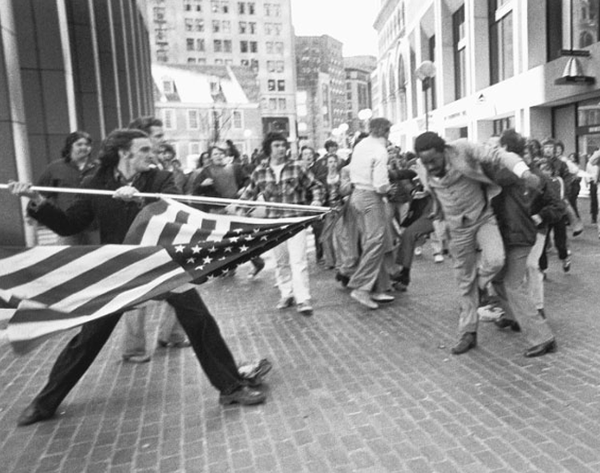From Invisibility to Solidarity: An AAPI experience
Our guest author for AAPI Heritage Month is Jessica Tang, President of the Boston Teachers Union, an AFT vice president, co-chair of the AFT Asian American and Pacific Islander Task Force, and a Shanker Institute Board Member. This blog first appeared on AFTvoices.org on May 1, 2023.
While I have called Boston home for over two decades, I actually was born in Ohio and grew up in several states, including Pennsylvania, Indiana and New Jersey. What each of these states had in common throughout my years of attending school was that not once did I have an AAPI teacher. Nor did I ever learn about Asian American or Pacific Islander history.
Like so many AAPI students, I grew up feeling not too sure where I belonged — whether it was embarrassment as a child when I was told my home-cooked lunches “smelled” and “looked weird,” or when during a social studies lesson about an Asian country other students would look at me as if I were supposed to know all the answers. I had never been to Asia and certainly did not know about the dozens of countries with disparate cultures, languages and customs.
It wasn’t until college and later that I truly started to learn more about the Asian American diaspora — those who, like me, had families that immigrated to the United States and shared common experiences. Only then did I realize that I was not totally alone.

